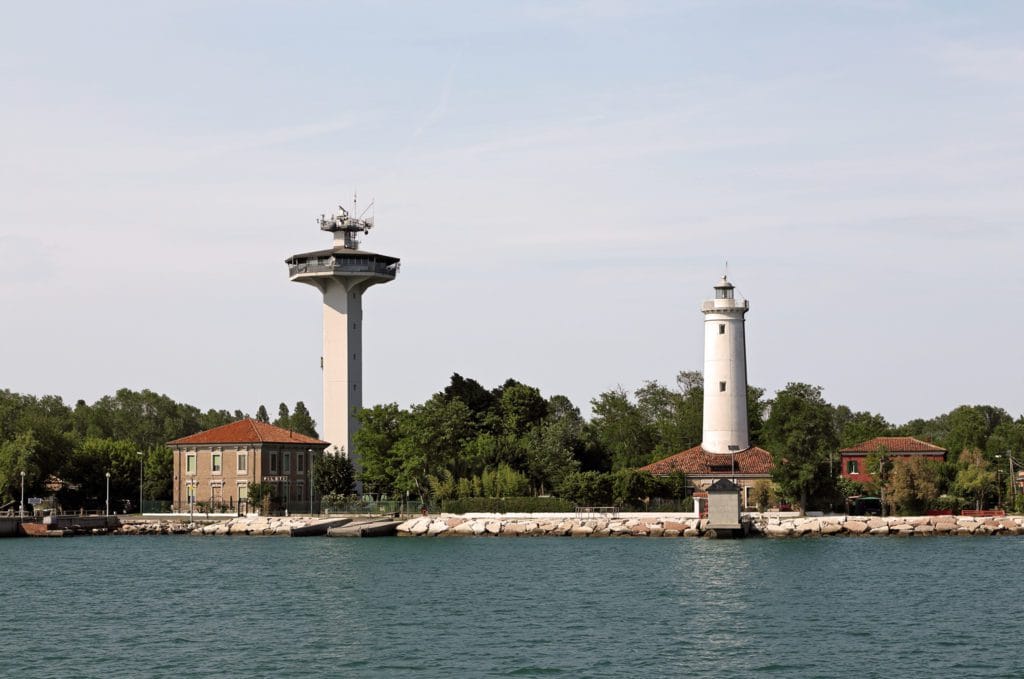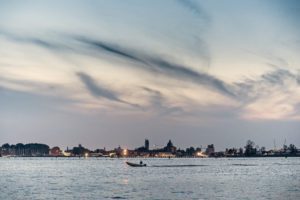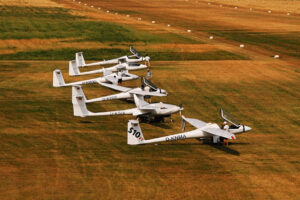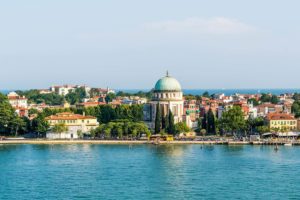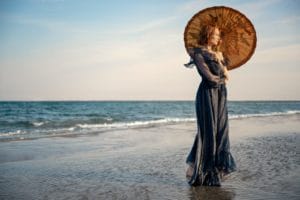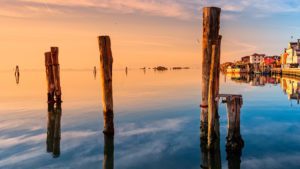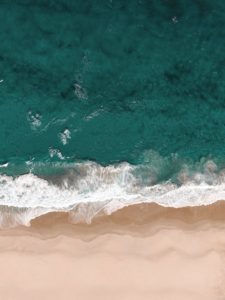WWF Oasis
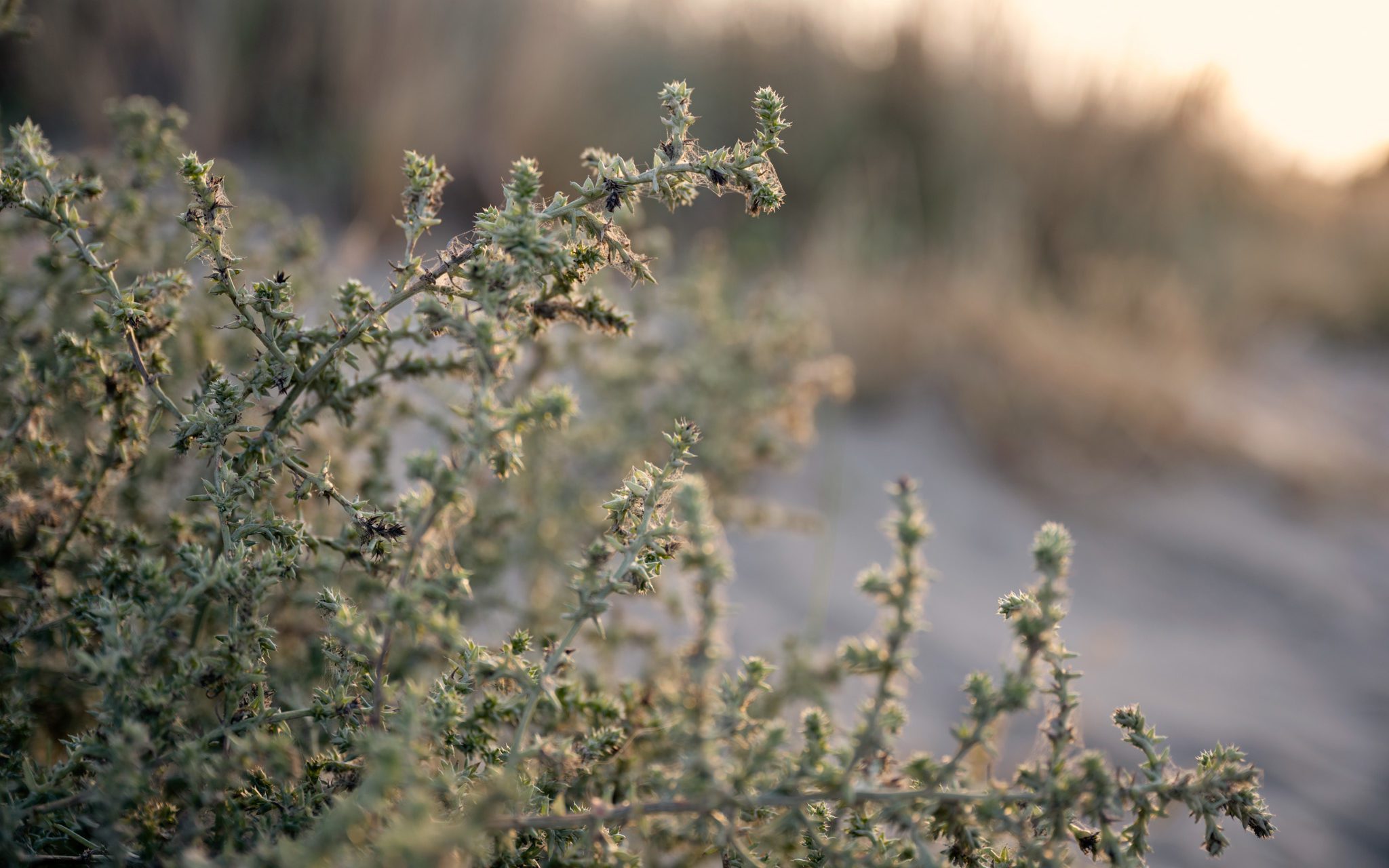
The Alberoni area includes a 160-hectare natural oasis protected by the WWF, which consists of a pine forest and a unique dune environment, with a particular flora and fauna typical of these areas of the Adriatic.
Walking within this oasis means taking a path that winds between semi-desert and swampy areas, beaches and green pine forests, suitable for organizing family nature excursions with children.
The area of the oasis was only formed after 1872, the year of the construction of the northern dam of the mouth of the Malamocco port. Near the breakwater, year after year, the sea current has transported the sand that created the beach and the wind has shaped the dunes that over time have become interspersed by the vegetation that we see today.
The environments of this oasis are manifold and very different from each other in terms of habitat and conformation. Indeed, here you will find pioneer dunes, mobile dunes, consolidated dunes and wet interdune meadows punctuated by expanses of reeds and rushes, marsh helleborines and junipers. The beach is a small desert, rendered arid by salt and beaten by the winds, where some plants adapted to the harsh climate flourish. On the pioneer dunes, for example, we find species such as the thorny fennel, the sea rake and the Italian pompola. Typical of the mobile dunes is the Ammophila littoralis (European beachgrass), which stabilises the dunes with its strong, deep roots, retaining the sand. In the areas sheltered from the wind, there is also the Cyperus kalli, or sand sedge, a relative of the papyrus.
By contrast, the so-called “grey dunes” (older, richer in humus and therefore in vegetation) are covered by carpets of moss and steppic grasslands, with some rare and endangered species such as the Centaurea tommasinii, the Tommasini cornflower and the Trachomitum venetum, the Venetian dogbane. Behind the dune area, there are 30 hectares of pine forest, which can be explored via a path that starts from the Malamocco area. Here, the vegetation is formed by both domestic pines and maritime pines.
The Alberoni area, despite its roughness, also has its own typical, hardy fauna. Here live some endangered beetles, but above all several species of small and delicate birds, which are also monitored by LIPU: the Kentish plover and the little tern. During periods of migration you can also see oystercatchers and bee-eaters, who come here in summer to nest on the dunes. With a bit of luck you can see the birds of prey in flight (sparrowhawks and kestrels) and, if you keep your ears open while walking in the pine forest at dusk, you can hear the songs of the very rare nighthawk and hoopoe, or even the typical pecking sound of woodpeckers.
At night, nocturnal birds of prey such as the scops owl or other species of owl arrive and, next to the freshwater areas, it is not uncommon to see a kingfisher diving into the water. Tree frogs and emerald toads, increasingly rare at the Lido, live in the wetlands of the oasis.
CONTACT DETAILS AND OPENING TIMES
The area is open for free visits all year round, but the most suitable periods to enjoy the flowers and observe the wildlife are spring, early summer and autumn.
By reservation, thematic guided tours can be organised, as well as group or school tours.
Oasis entrance: Piazzale Bagni Alberoni
Oasis Infopoint: via Cà Rossa 1/a, Alberoni centre
telephone: 348/2686472
e-mail: [email protected]
website: www.dunealberoni.it

